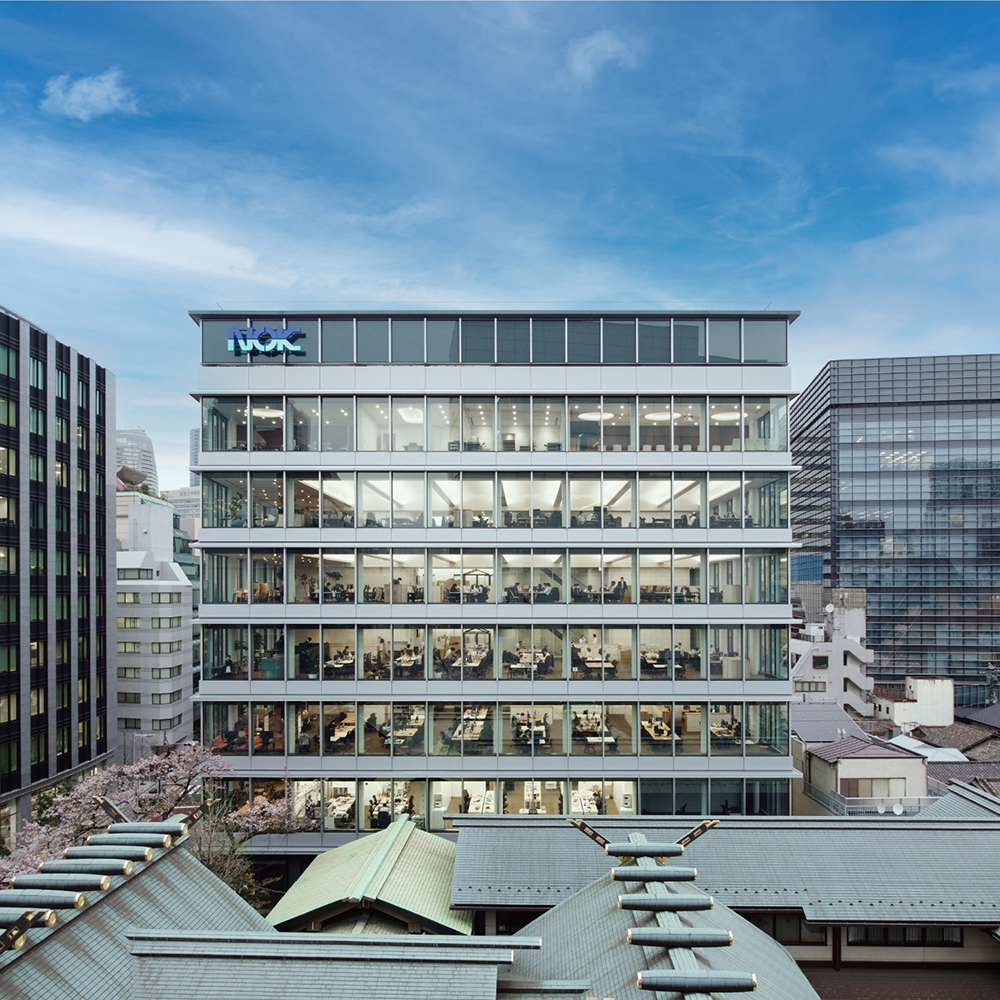Gold Winner of the International Architecture & Design Awards 2023
Architect / Designer:
KENTARO FUJIMOTO
Studio:
TAKENAKA CORPORATOIN
Design Team:
Architects Team: KENTARO FUJIMOTO , TAKETOSHI KOUKO (TAKENAKA CORPORATION)
Structural Designers: KEISUKE SUZUKI (TAKENAKA CORPORATION)
MEP Designers:KOUTARO MAKINO (TAKENAKA CORPORATION)
LIGHITIHING Designers:KOUTARO MAKINO (TAKENAKA CORPORATION), EMI SATO(KOIZUMI LIGHTING TECHNOLOGY CORP)
Country:
Japan
Japan’s headquarters of a leading automotive parts manufacturer. In contrast to the typical Tokyo landscape, the architect designed the building with a focus on the ceiling surface that can be seen beyond the building facade as the “main facade”.
Typical OFFICE : Façade = Skin
This OFFICE : Façade = Ceiling
There is a Japanese traditional shrine located next to the office, which is located in a business district of Tokyo. (This office is located on land owned by the shrine.)
The architect attempted to create ambiguity within the glass box but not within the skin (façade) to respond to this situation (high-density office area facing traditional shrine).
In this project, a new floor-mounted radiant air conditioning system has been developed in order to create an intimate, cozy, and highly wellness-driven working environment, combined with an exposed concrete slab with a radiant surface and indirect lighting, and naked steel beams.
The curved diecasting aluminum louvers, precast concrete eaves, and climbing blinds with automatic control according to programming were installed around the perimeter of the building to provide high environmental performance and a highly transparent exterior that permits natural sunlight to penetrate the building without direct sunlight.
In addition to the environmental aspect, the structural design follows high standards of Japanese regulations, particularly as it pertains to seismic design. Seismic isolation devices reduce earthquake energy. Furthermore, there are no corner columns on the office floor which makes the space more open.
As a result, ceiling surfaces that provide air conditioning and illumination for office workers become the building’s most prominent feature, forming a new façade that transmits the activity of the organization to the surrounding area.


